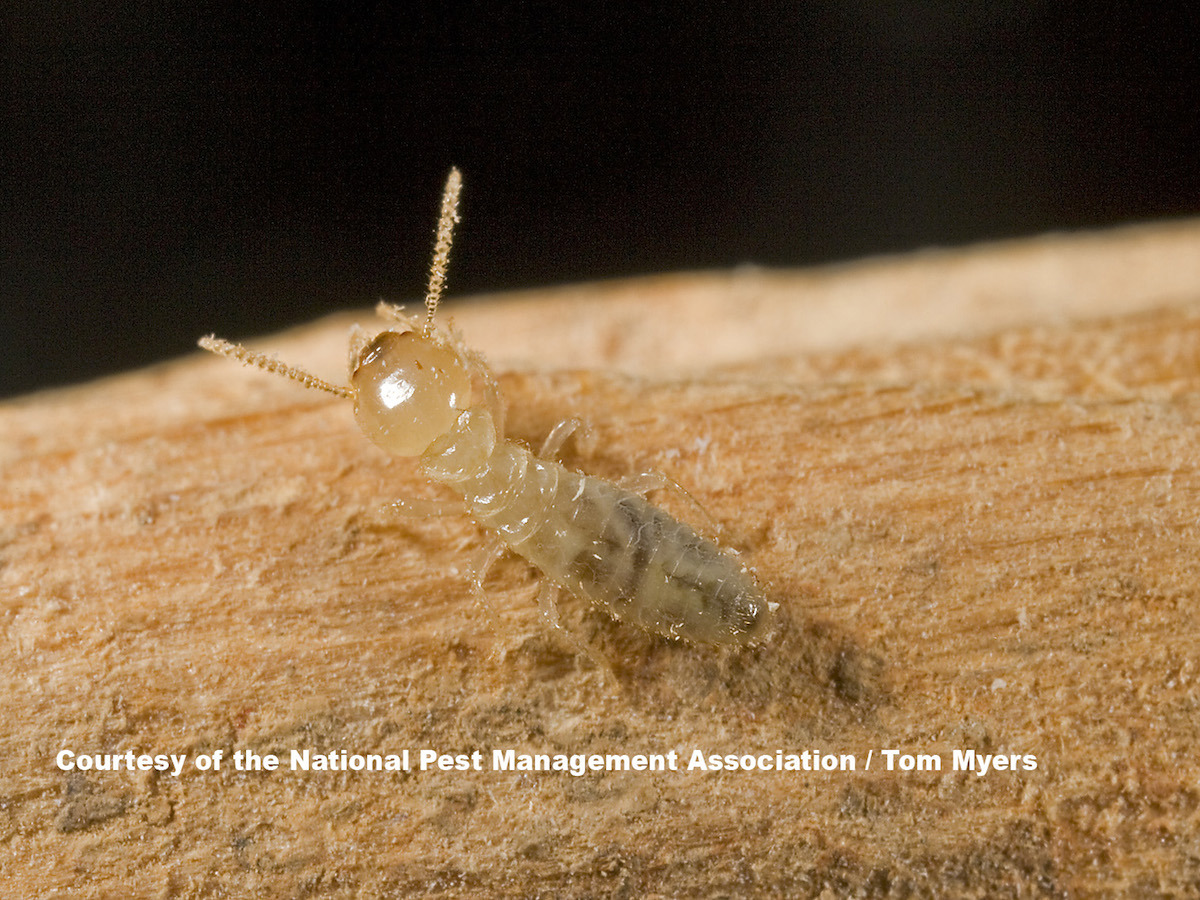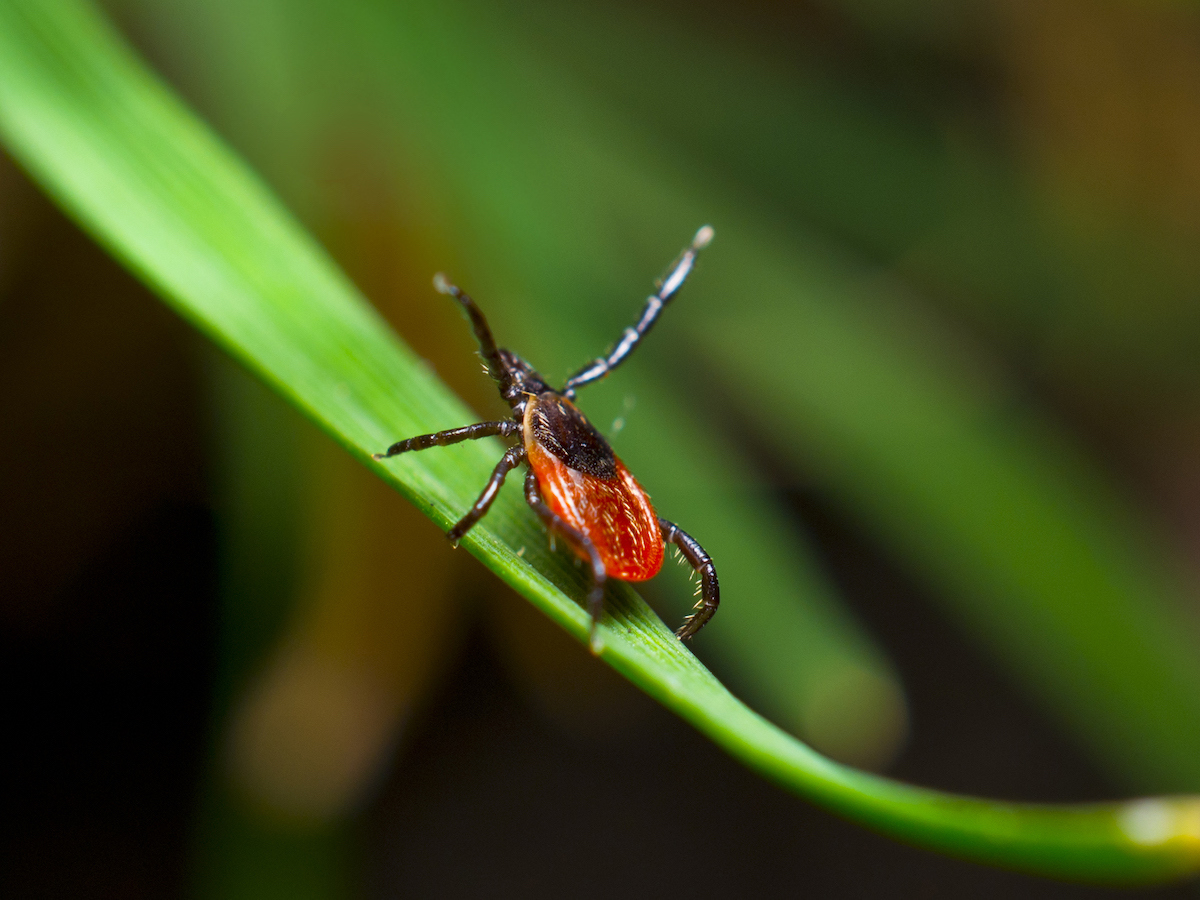Termite Trivia
What You Didn’t Know About These Tenacious Pests
Termites are every homeowner’s nightmare. They not only eat through the wood in walls and the foundation but also are difficult to detect. However, there is much more to termites than you may think. Here are just a few fascinating facts about these saw-toothed, silent property destroyers.

Not always underground
Colonies of termites are difficult to detect because most species build their colonies underground and move through subterranean tunnels. However, there are some species such as Conehead termites, found in Florida, that forage over top of the ground, similar to ants. This allows these termites to spread easily and quickly if left unchecked.
Insatiable Hunger
It is not recommended to follow the typical diet of a termite colony. They consume wood, flooring, and even wallpaper non-stop, 24 hours a day, seven days a week.
To better put this in perspective, it is estimated that an established subterranean termite colony could consume the amount of wood equivalent to one cup of sawdust in as little as two hours. Just imagine the damage that could be done over time if left undetected.
Mob Mentality
Although termite colonies can be made up of millions of individuals, termites do not work alone. Termites are social insects, and the activity of a colony is dictated by swarm intelligence. This decentralized form of interaction means the colony works as a single unit, with the needs of the group always taking precedence over an individual.
With this system, colonies can take advantage of resources one termite couldn’t by itself. It helps termite colonies be very efficient at establishing themselves in a house they have infested.
Colony Cliques
Termites have specialized jobs within the colony. These different groups have specific features that help them perform their job so the colony can grow. A typical termite colony consists of workers, soldiers, nymphs and reproductive individuals.
- Workers make up most of the colony. They are responsible for foraging as well as maintaining the nest and the colony’s eggs. Worker termites are most likely to be found in infested wood.
- Other individuals serve as soldiers who protect the rest of the colony. These soldiers have enlarged jaws that can block tunnels in case of an attack by ants. Interestingly, many soldiers have jaws so large that they cannot feed themselves.
- Nymphs are young termites and, in some species, take on the duties of worker termites.
One way in which termites differ from other social insects is that a colony has a primary queen and king who mate for life. However, a colony will also have a class of winged reproductive individuals that can leave to start other colonies.
If you think you have a termite infestation or to learn how to protect your home from termites, be sure to contact a licensed pest professional.

What is a Termite Inspection and Do You Need One?
The answer: YES! This pest can cause significant and costly damage to your home. Read on to find out how.

Bed Bug Pest Guide
Traveling for the holidays this year? Be sure to keep an eye out for bed bugs! Use our Pest Guide to help identify this pest.

NPMA's TickTalk
Check out NPMA's TickTalk.org for information about this pest, including the various species and health threats they pose.
Find a PEST PRO in your area

What is a Termite Inspection and Do You Need One?
The answer: YES! This pest can cause significant and costly damage to your home. Read on to find out how.

Bed Bug Pest Guide
Traveling for the holidays this year? Be sure to keep an eye out for bed bugs! Use our Pest Guide to help identify this pest.

NPMA's TickTalk
Check out NPMA's TickTalk.org for information about this pest, including the various species and health threats they pose.
